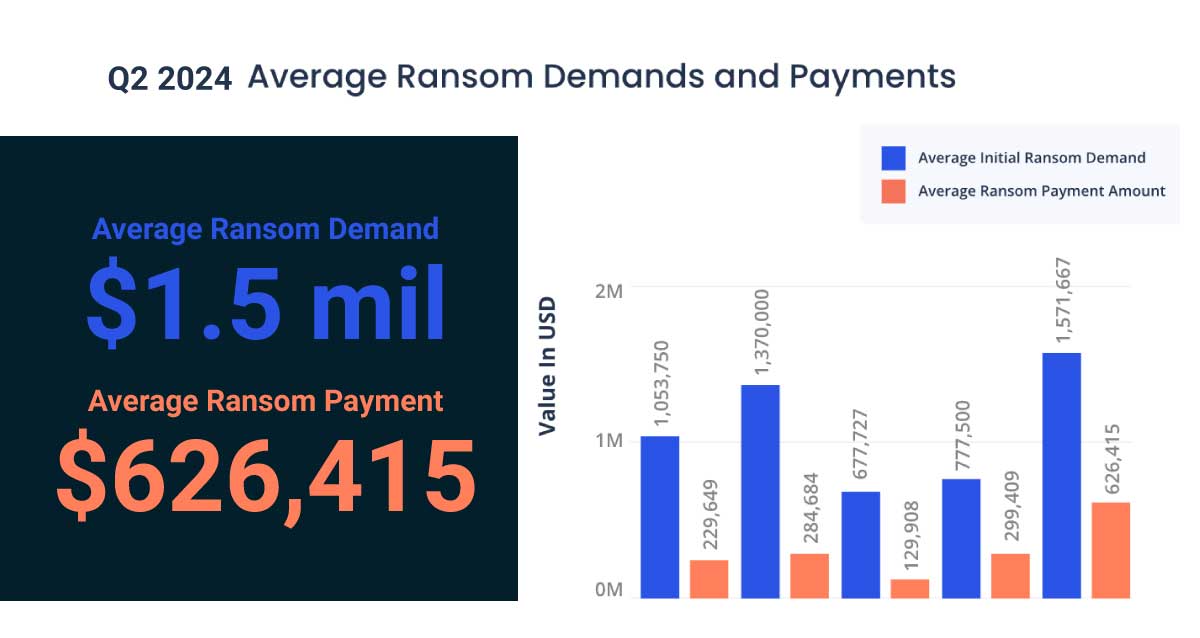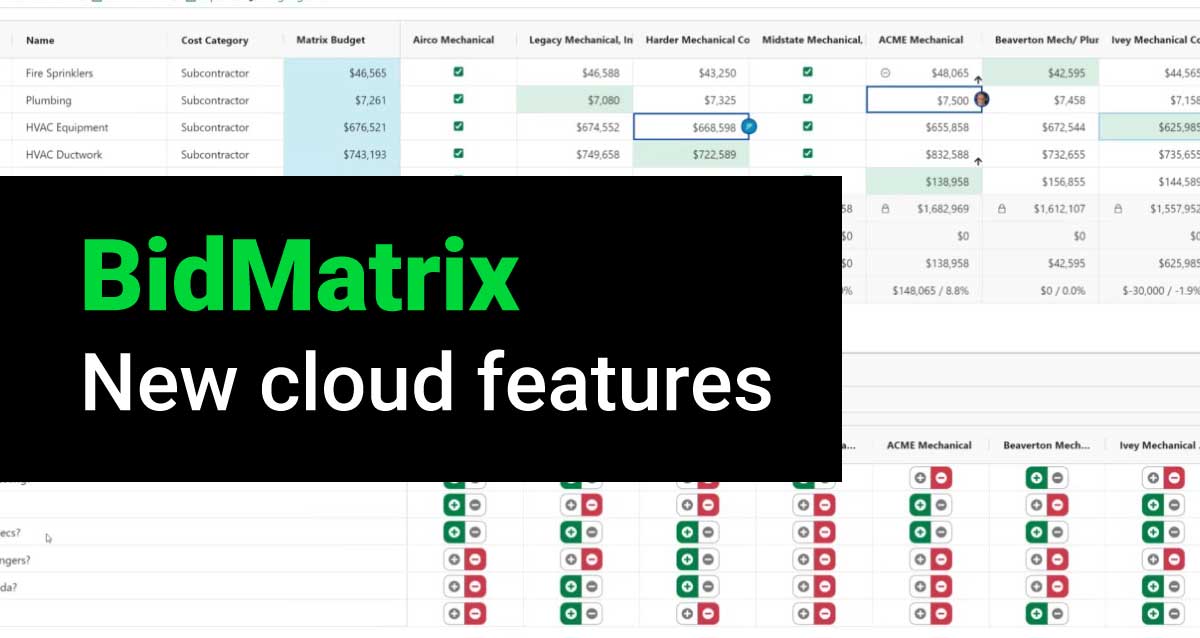
Our first three white papers have focused on the basics of estimating and the initial building of a database. So what is next? Now comes the somewhat more subjective part of the estimate, to complete the full estimate beyond the “bricks and sticks” of constructing a building. This is a part of the “art of the estimate” as discussed in our first white paper. Experience and knowledge of the product will play a large part in developing accurate estimates for General Conditions and General Requirements.
A critical element of the estimate is to identify and detail the differences, especially if an estimate is being provided in a competitive environment. There is a common stigma in the industry regarding General Conditions and the cost of them against the “hard costs”. Often one of the big variables on a project is the staff and staff costs. Owners and Developers tend to not only solicit projects using the General Conditions number but it is closely scrutinized by clients and keeping it as accurate as possible is important to winning the work. Without a clear and detailed definition of Conditions vs. Requirements that cost comparison can easily be distorted and cause confusion in the market.
First, we need to define the differences between General CONDITIONS and General REQUIREMENTS. These terms are used rather loosely in the industry and are at times thought of as being interchangeable when in fact they serve two very separate purposes.
General Conditions are commonly known as: “The cost to manage the project.”
General Requirements are commonly known as: “The non-management indirect cost of executing the project.”

A General Conditions estimate includes as a minimum the following:
- Management personnel – project executives, superintendents, project managers, engineers, field office staff
- Field Office set up and maintenance – trailers, field office furniture and services
- Telephone, Radios and Computers
- Office Supplies and Equipment
- Generally all items required to support the management staff
A General Requirements estimate includes as a minimum the following:
- Plan Reproduction and Photography
- Surveying and Field Engineering Services
- Field Operation Support – labor, storage, equipment, tools, barricades, clean-up
- Jobsite Conditions – security, roads and lay down, toilets, signs
- Project Safety – equipment and supplies
- Energy /Environmental controls –power, water, heat/cooling, fire protection
There are two important steps to be undertaken following our separation of items for each category. The next step is the preparation of an initial schedule for the project. This schedule does not necessarily need to be a detailed “all items” type of schedule but a schedule of the time frame to complete the project. This duration schedule is then used as a guideline to apply both Conditions and Requirements.
The second step in this part of estimating is the application of the database as we discussed in our last white paper. The database is used extensively to project the historical costs of Conditions and Requirements for personnel costs, field set up costs, and field operational costs. These database unit costs are then applied against the durations derived from the project schedule that was developed.

An example of General Conditions would be if the overall project duration is 12 months, personnel costs for a superintendent, project manager and other management personnel then can be estimated. Generally a superintendent would come on board a month before the planned start, be engaged during the entire project duration of 12 months and then be projected as another month after completion for project closeouts. The total duration for the superintendent would then be plugged into the Conditions estimate as labor of 14 months at a rate of say $10,500/month = $147,000. The project manager costs would be inserted into the estimate at a 12-month duration at a rate of $8,500/month = $102,000. Additional personnel for execution of the project is then added as necessary using the same logic as above.
Another example, regarding Requirements, maybe the need for a man lift on a project. The schedule evaluation would indicate when the building was structurally sound for a man lift to be installed and then a time when an interior elevator may be available for use. This duration is not the full project duration but would be plugged in at a rate of $750/week at a duration of 12 weeks = $9,000. Additional equipment is then added using the same system as noted.
An estimator can use the General Conditions number as a gauge for comparison of project costs by taking the total General Conditions and dividing it by the construction duration to develop a total monthly rate, for example, say $42,000/month. The estimator then uses this information to evaluate these costs against prior projects. This analysis is a “sniff” test to ensure the estimates are accurate and reasonable. Estimating expertise is developed by confirming the accuracy of the details and then taking a step back to look at the entire work to confirm reasonableness of the estimate.
All of these types of evaluations are a part of the art of the estimate regarding the experience and knowledge of the estimator.


